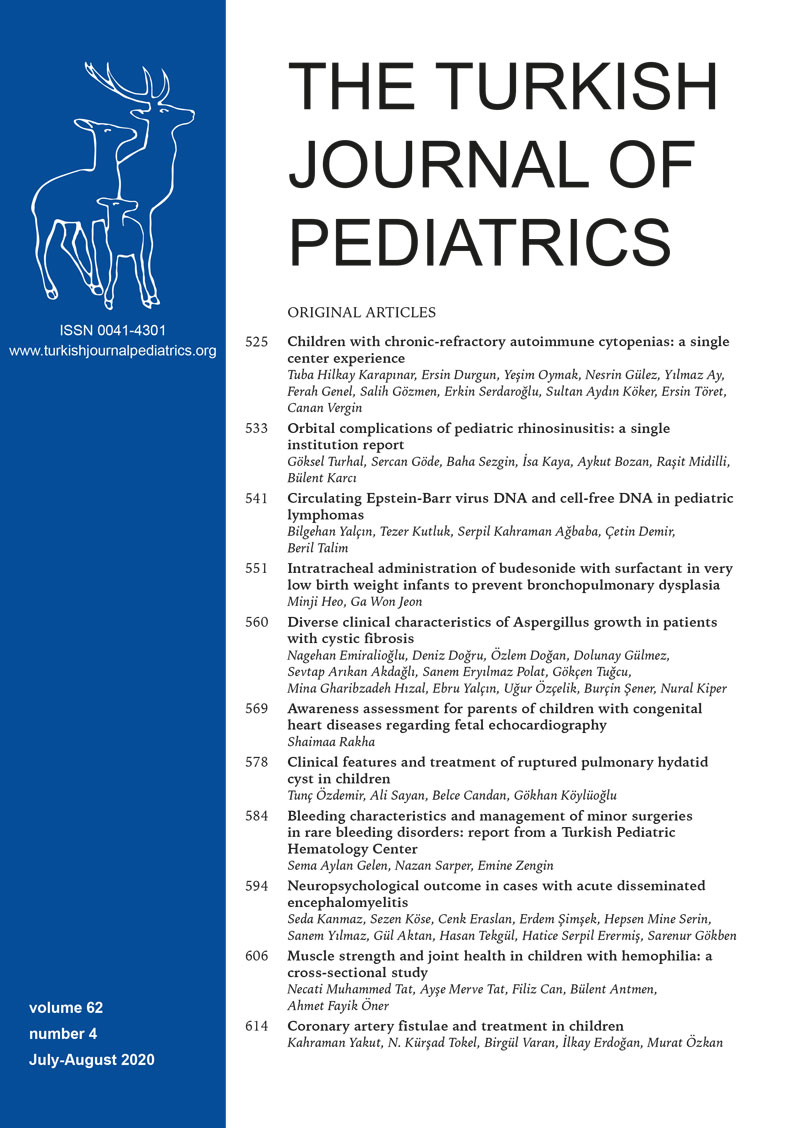Abstract
Background. Loxoscelism is caused by the bite of a specific spider type called the Loxosceles genus. In Turkey, most cases are seen after L. rufescens bites. Clinical manifestation of the bites ranges from local cutaneous reaction to severe ulcerative necrosis. Systemic loxoscelism may also occur.
Case. Herein, we report a previously healthy five-year-old male patient who developed a secondary hemophagocytic lymphohistiocytosis after a presumed brown spider bite. He was treated with dexamethasone. Within the following 14 days, hemophagocytic syndrome resolved. Local hyperbaric oxygen therapy was applied to the necrotic areas.
Conclusion. Secondary hemophagocytic lymphohistiocytosis may develop after systemic loxoscelism. In the presence of persistent fever, hepatosplenomegaly and laboratory findings this clinical entity should be kept in mind.
Keywords: hemophagocytic lymphohistiocytosis, necrotic arachnidism, systemic loxoscelism, violin spiders
Copyright and license
Copyright © 2020 The Author(s). This is an open access article distributed under the Creative Commons Attribution License (CC BY), which permits unrestricted use, distribution, and reproduction in any medium or format, provided the original work is properly cited.














